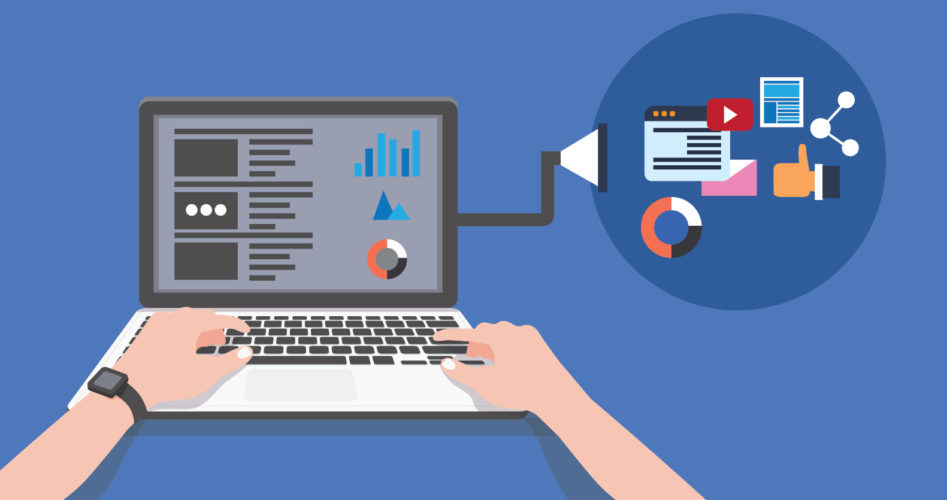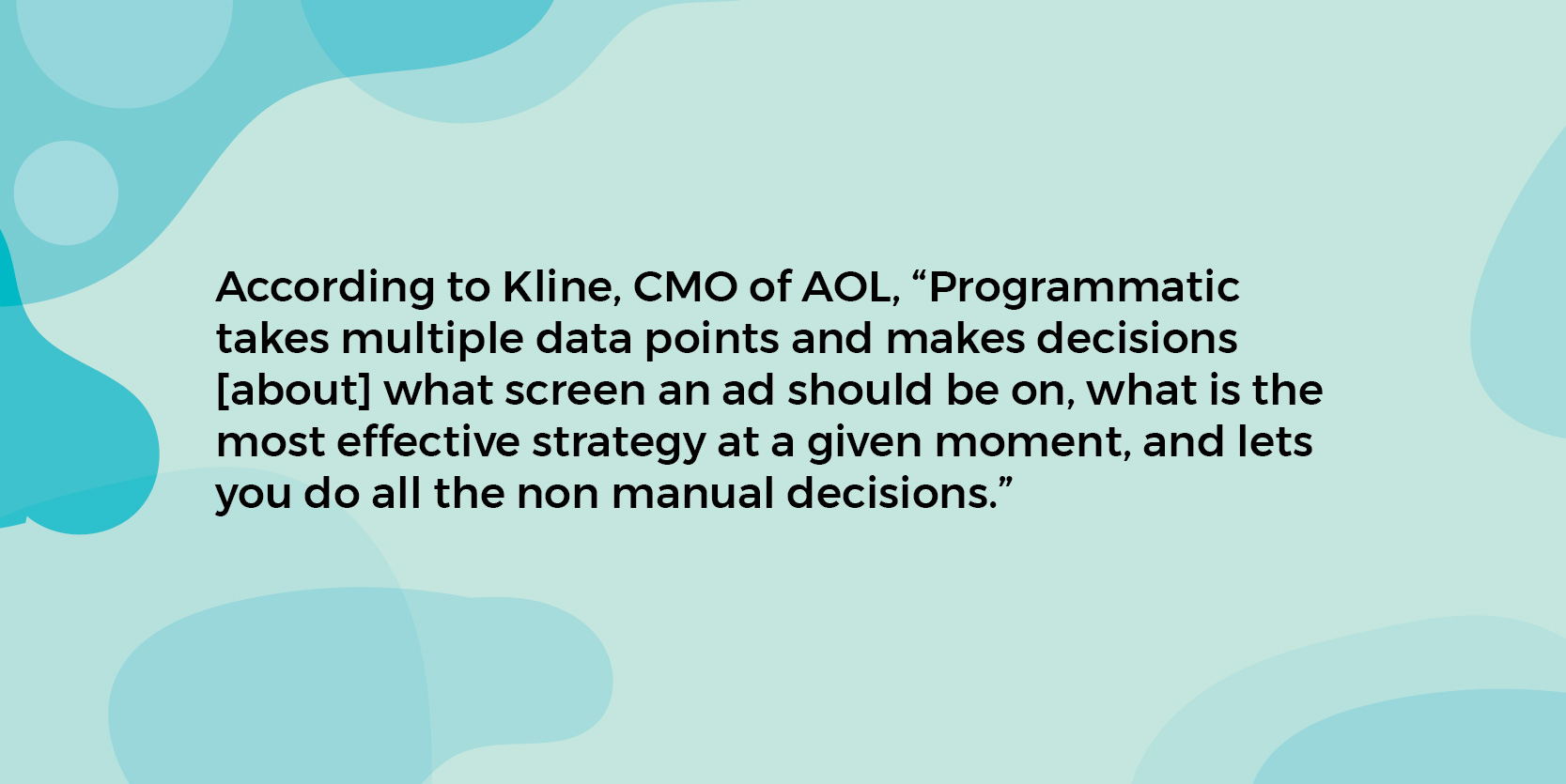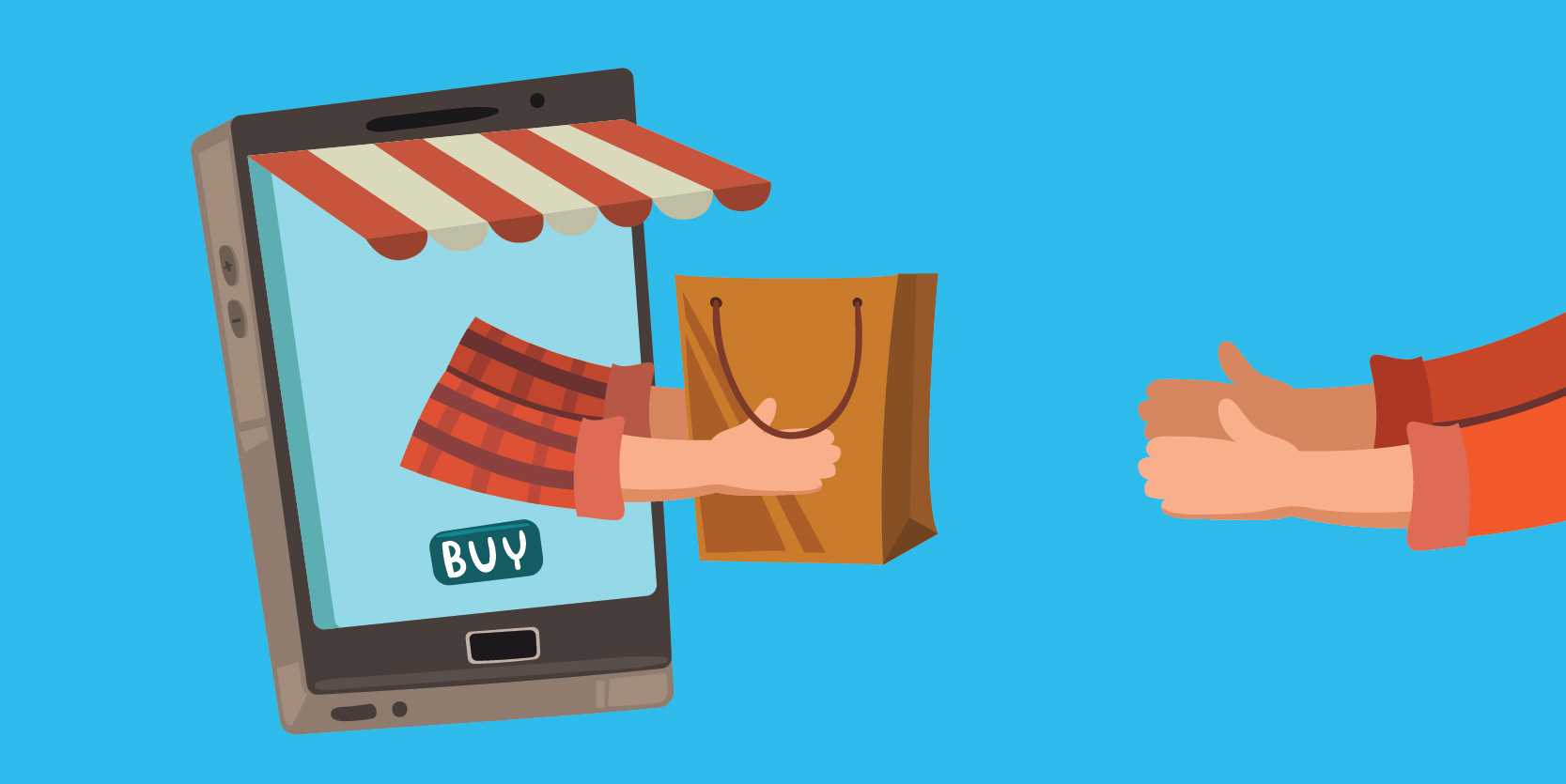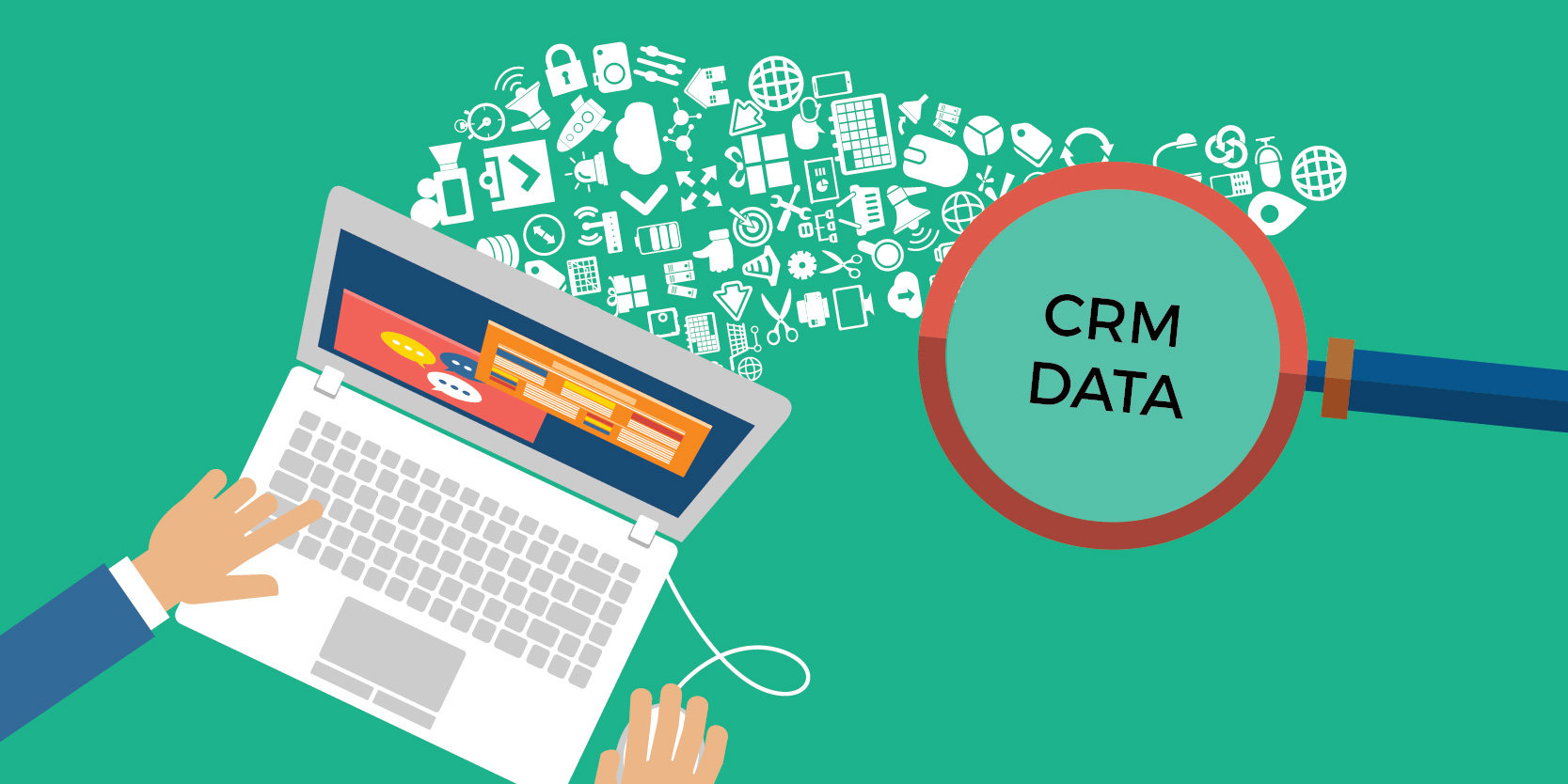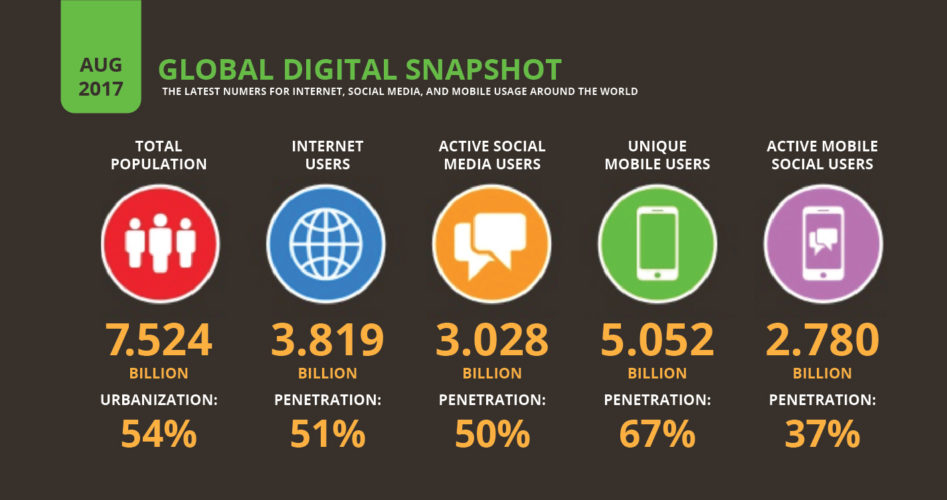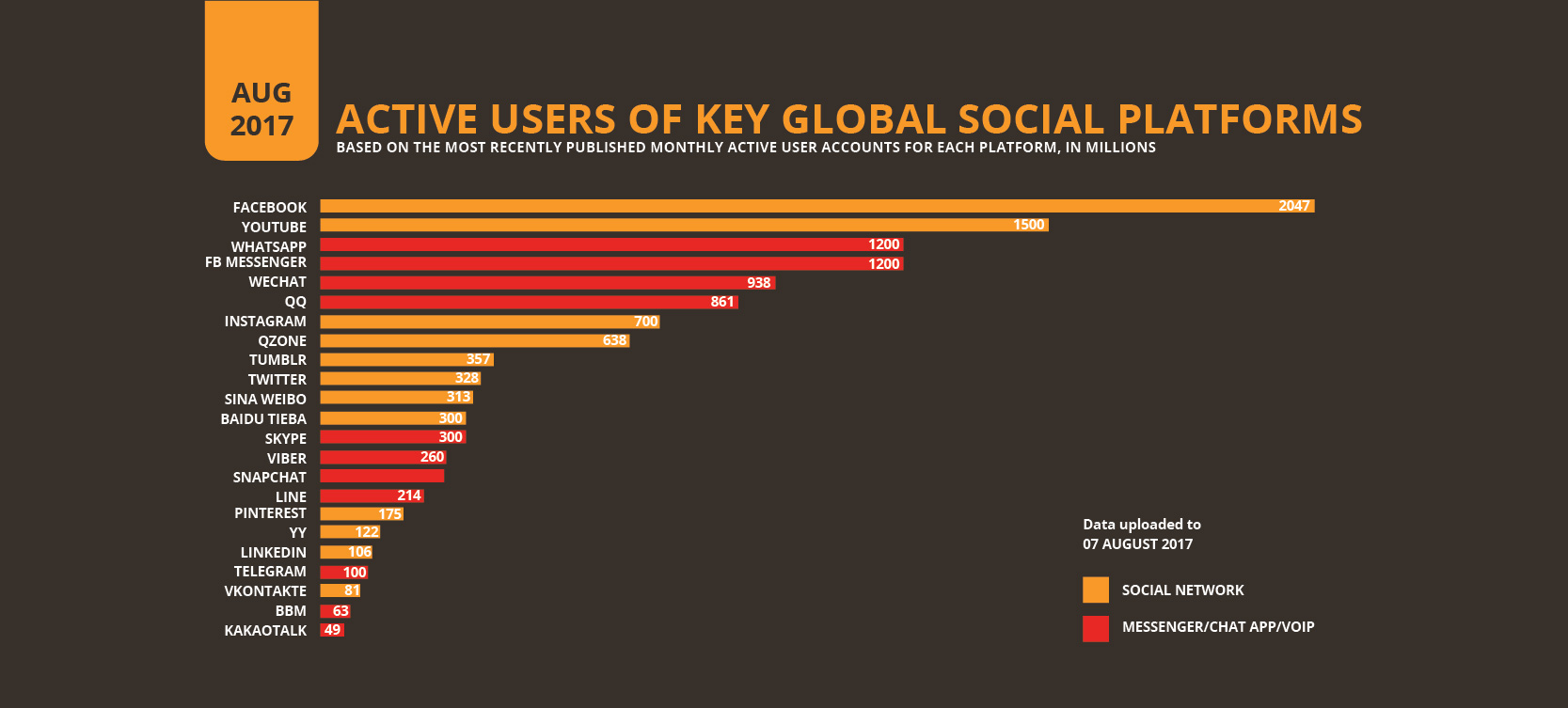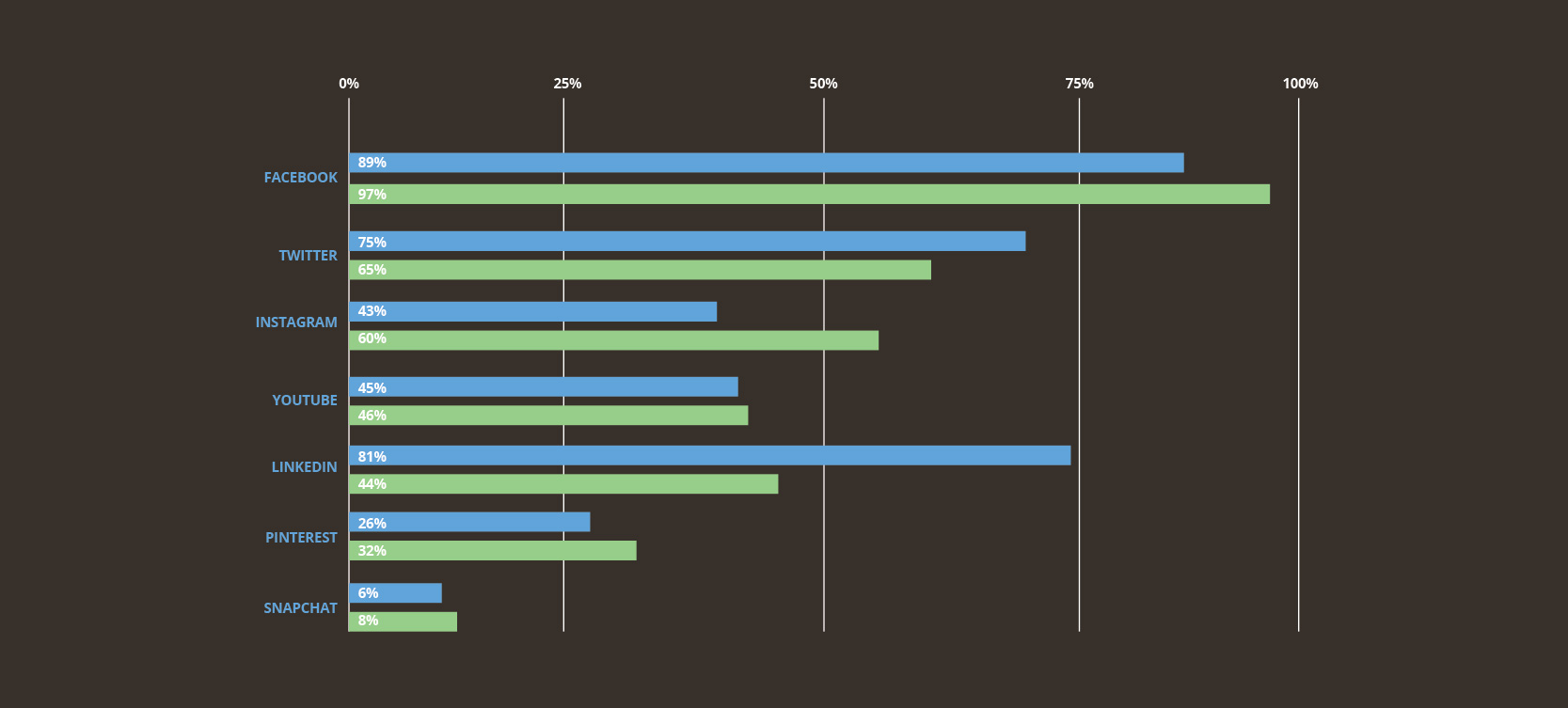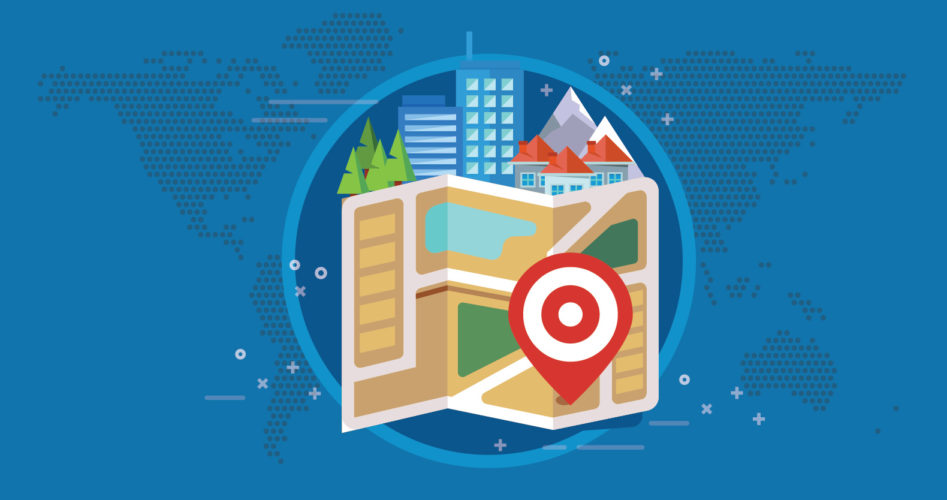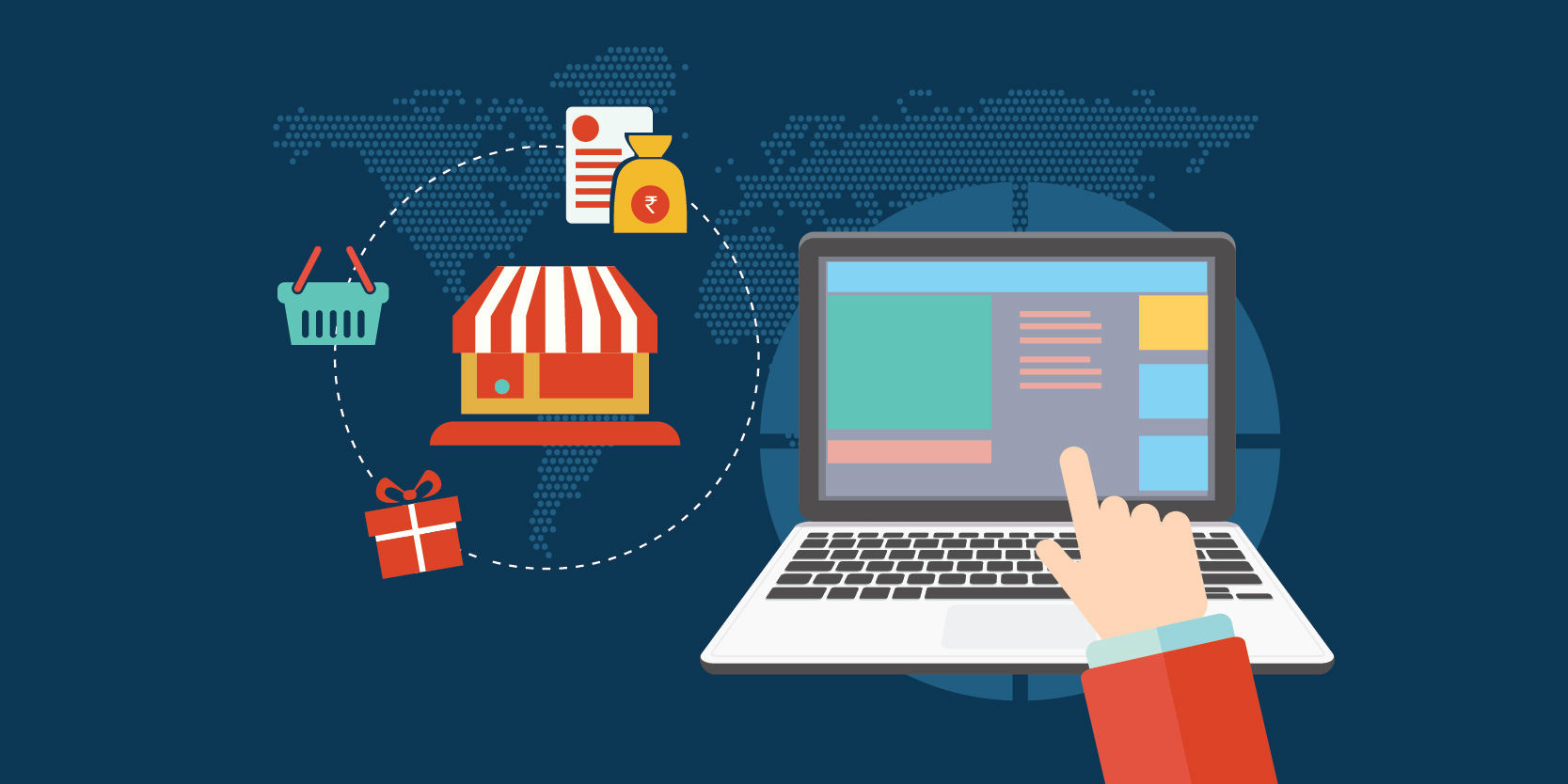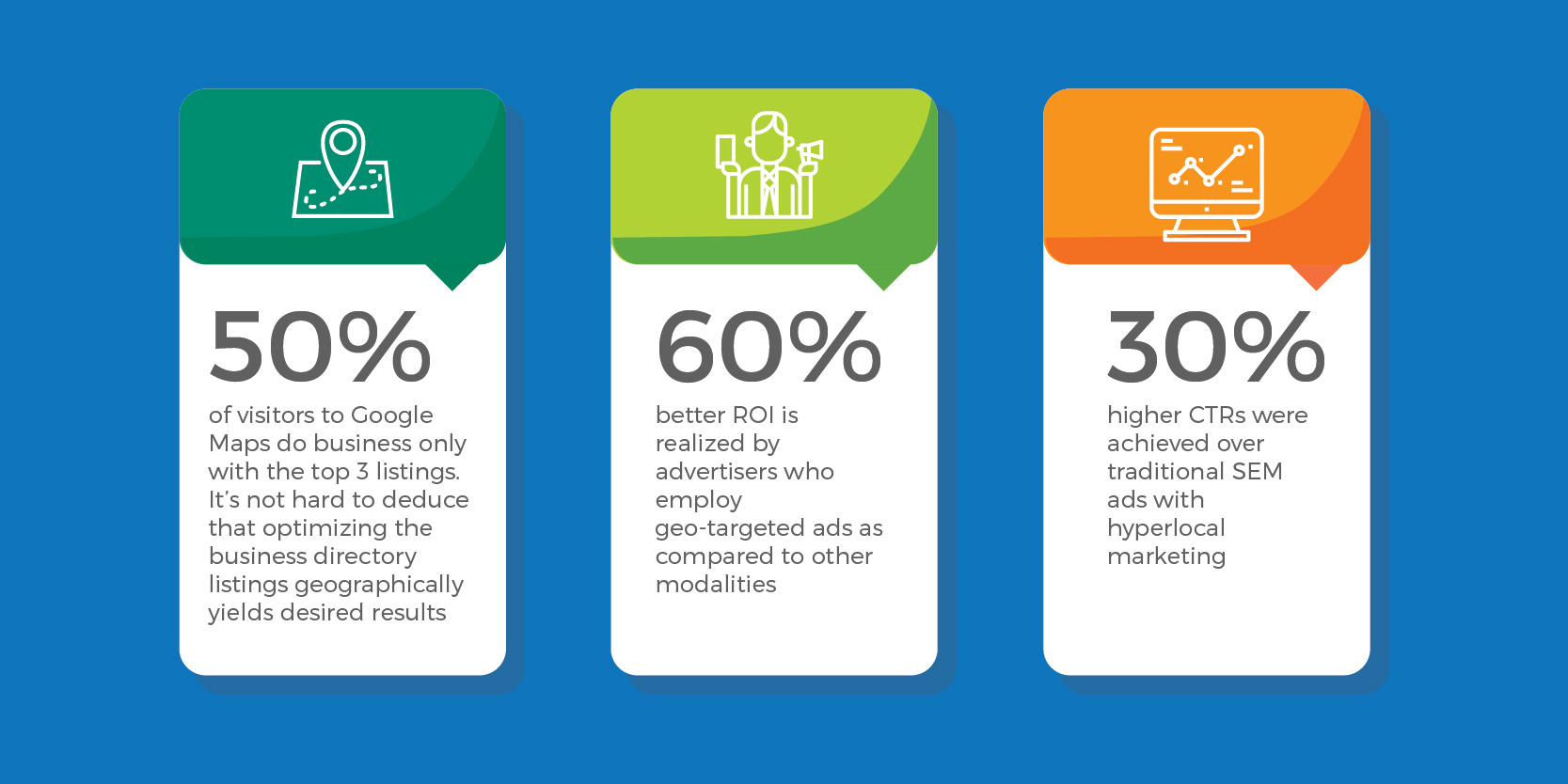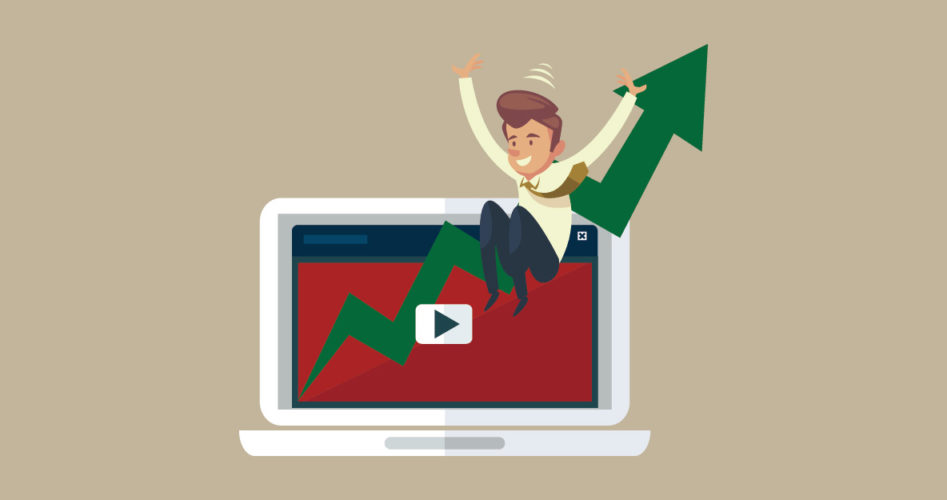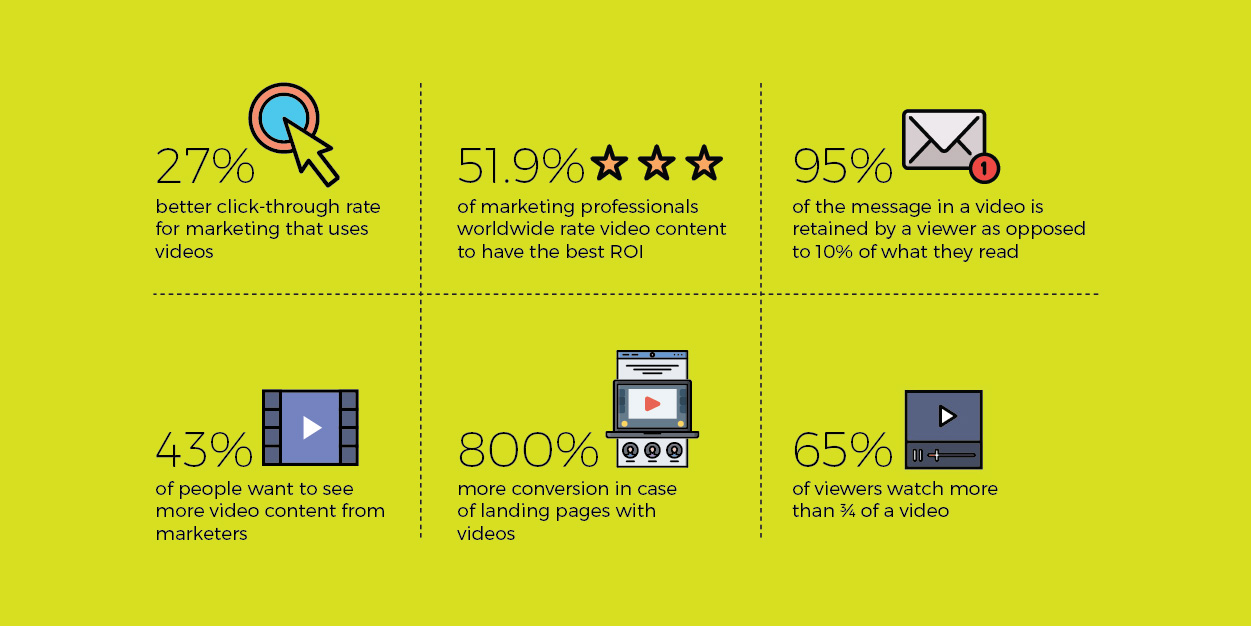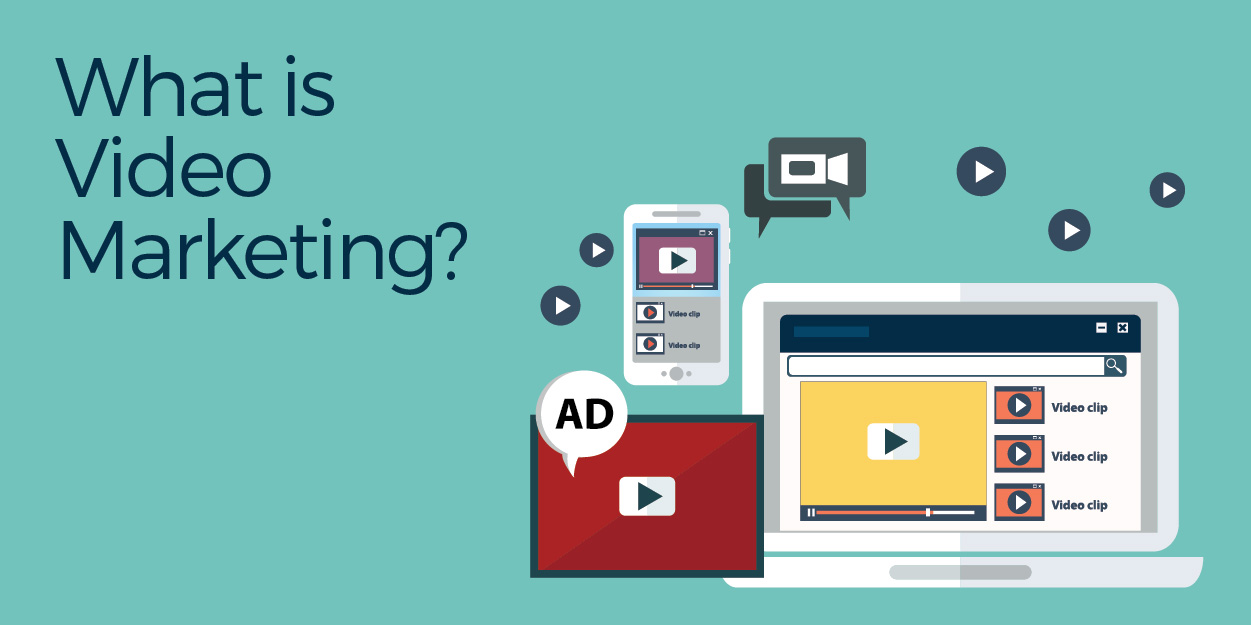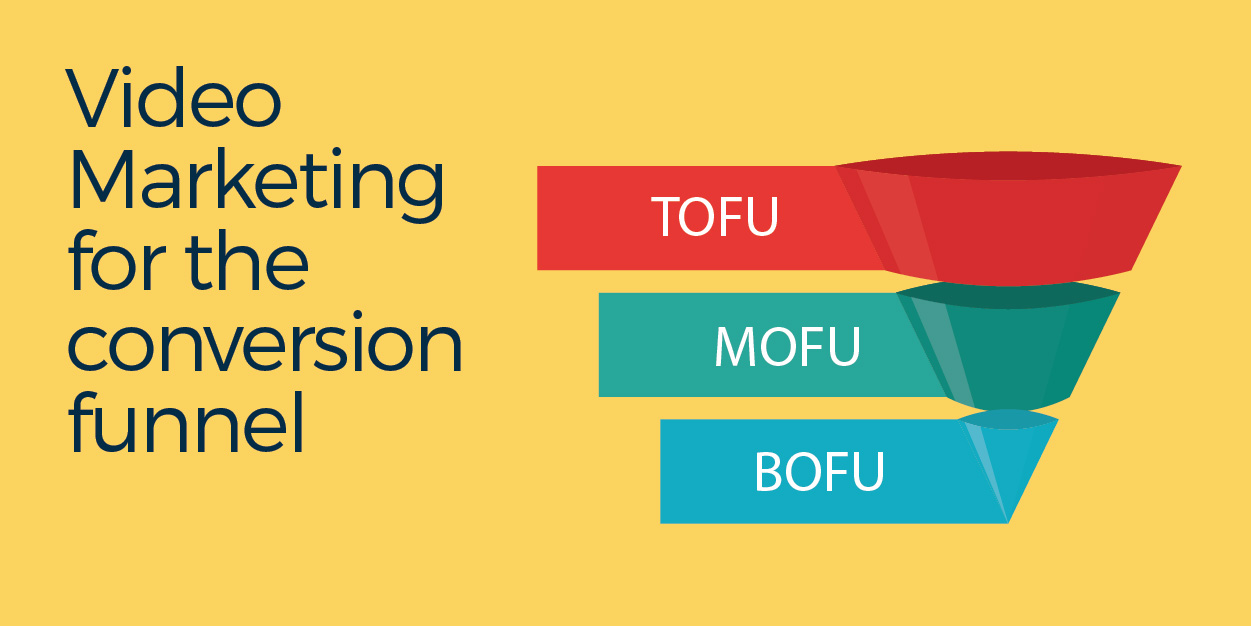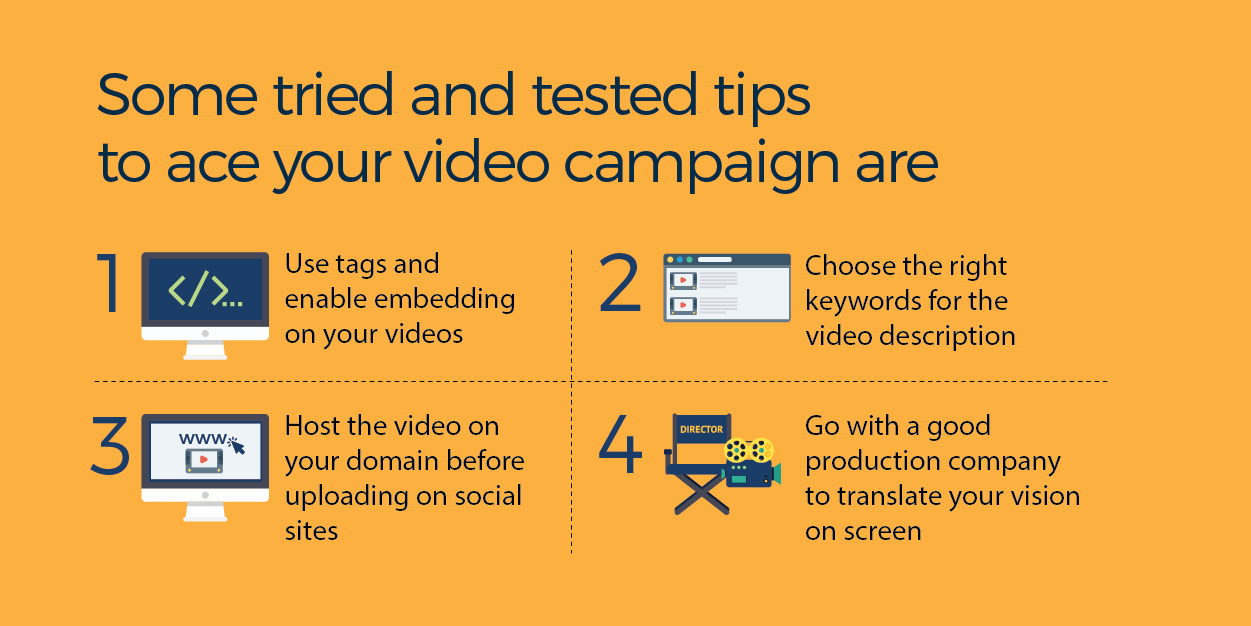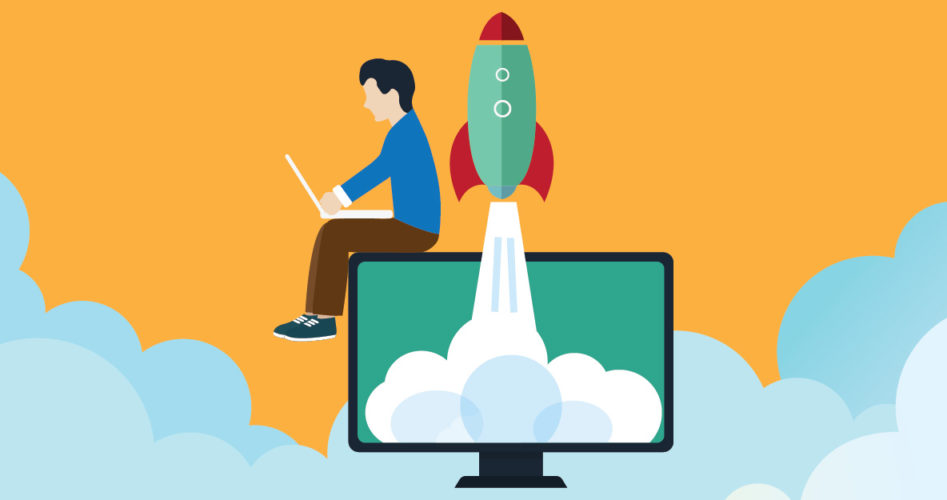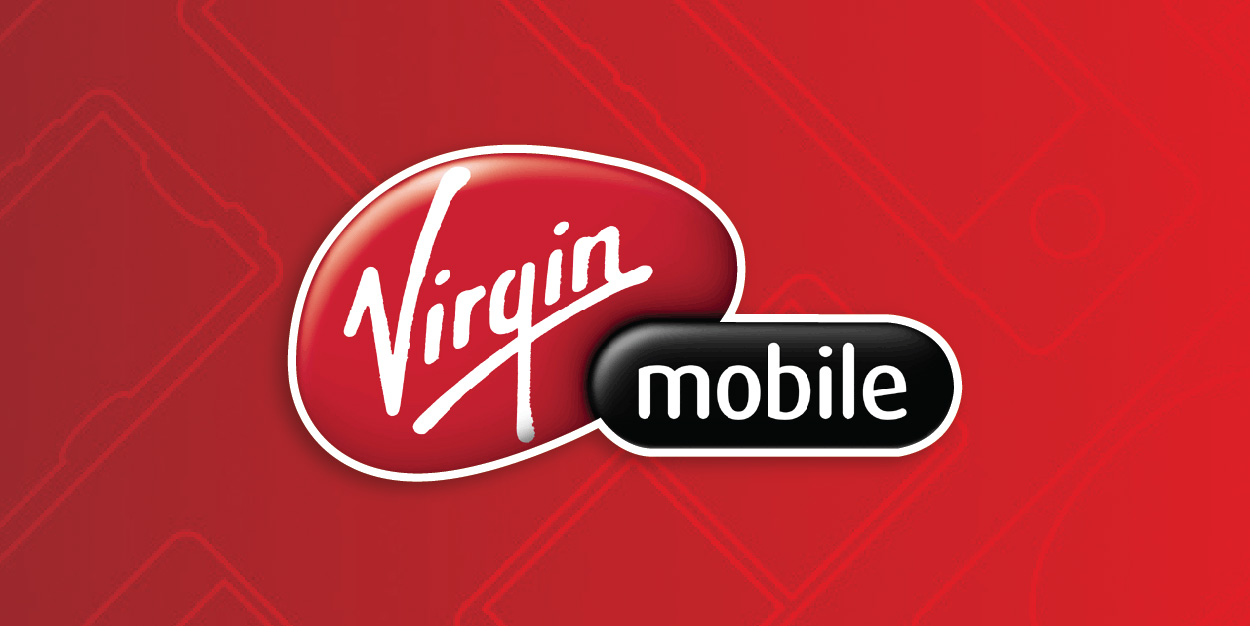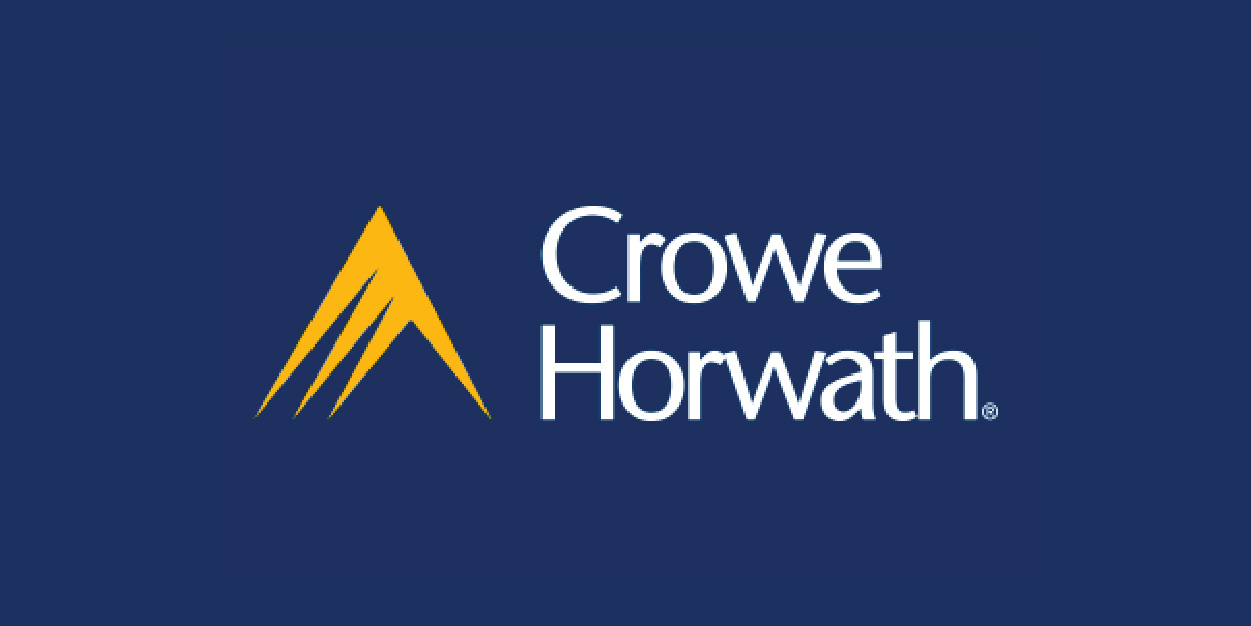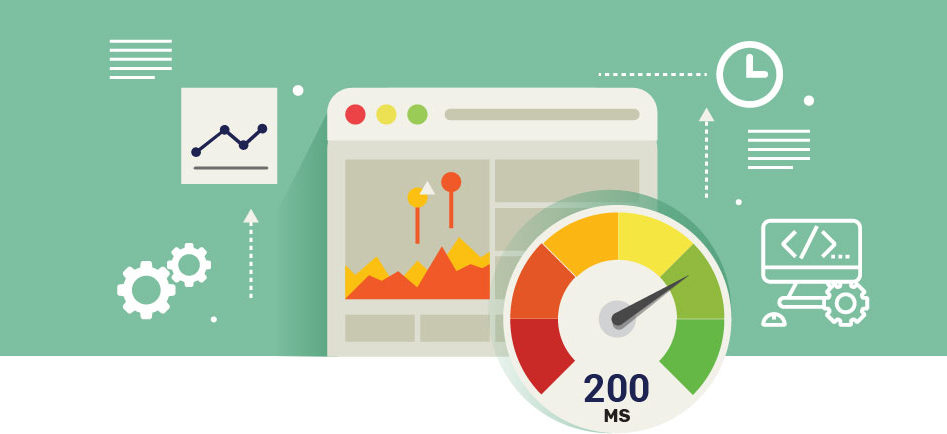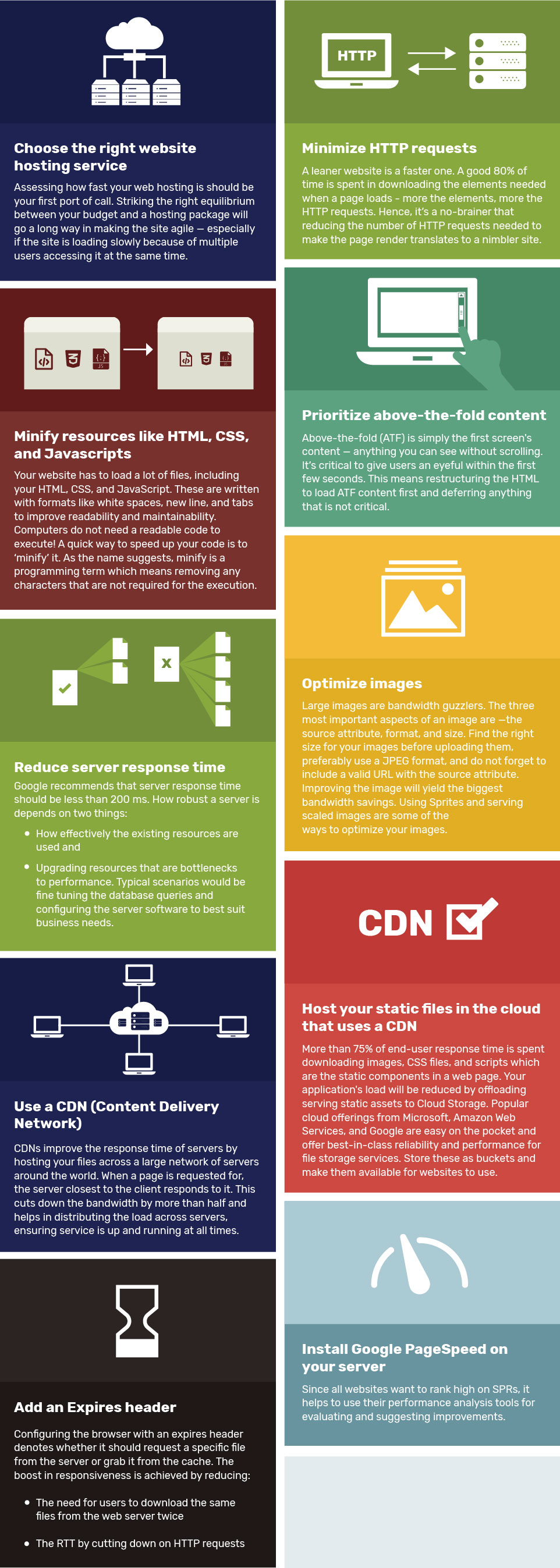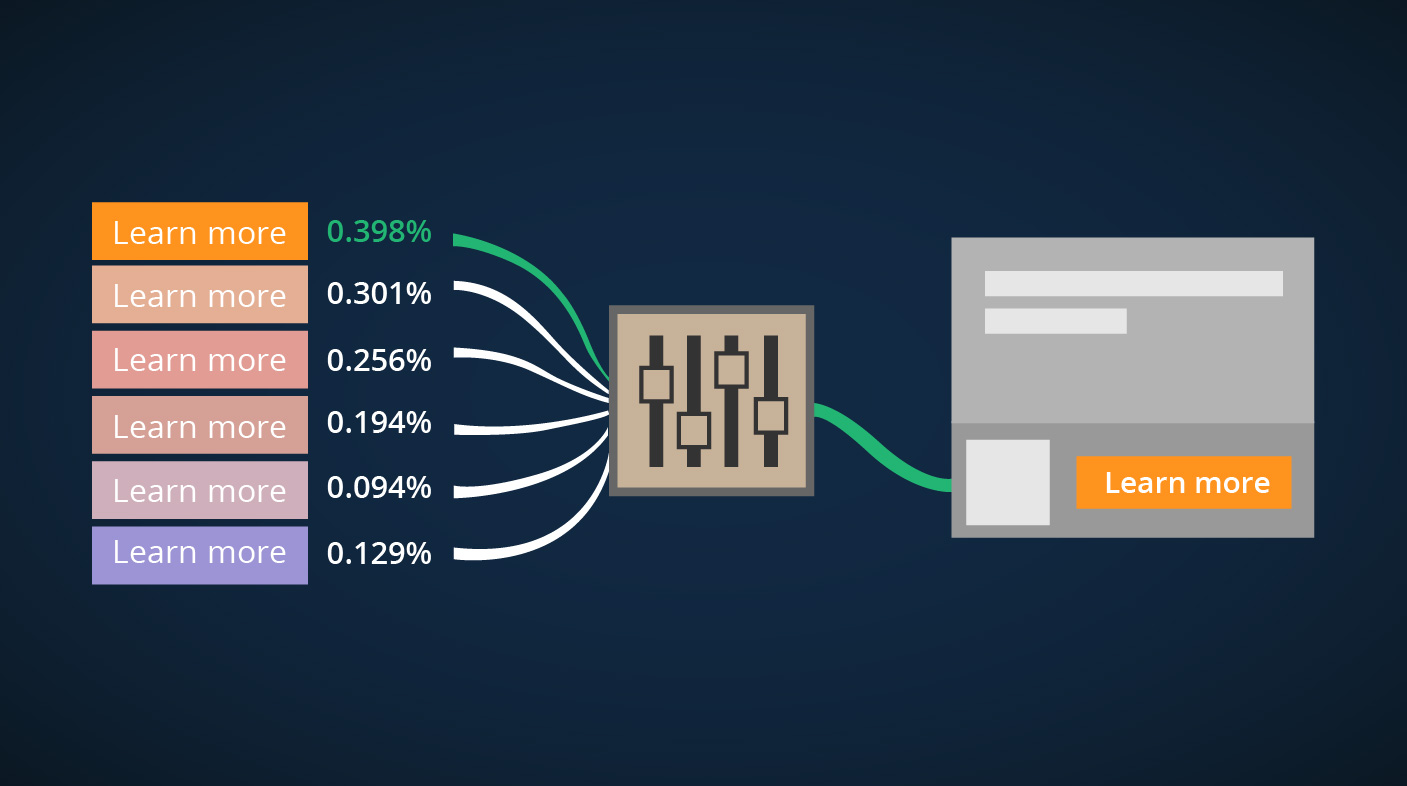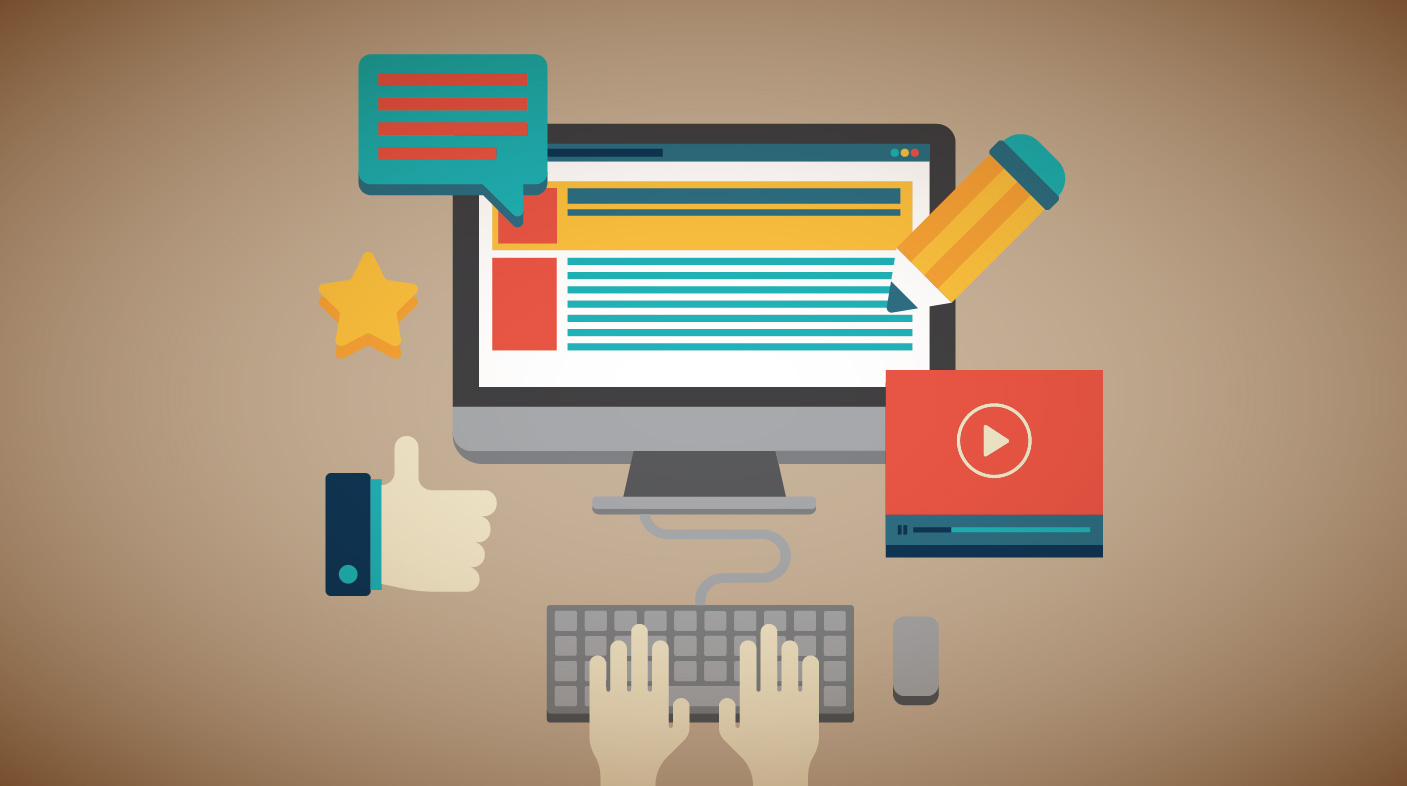If you aren’t planning to succeed, you are planning to fail, especially in digital marketing. While it might seem common to have a game plan to Reach, Act, Convert, and Engage (RACE), statistics show that a good 49% still lack a well-formed strategy for acquiring and retaining customers.
The RACE mnemonic, in a nutshell, covers the key activities in the process of winning and delighting a customer:
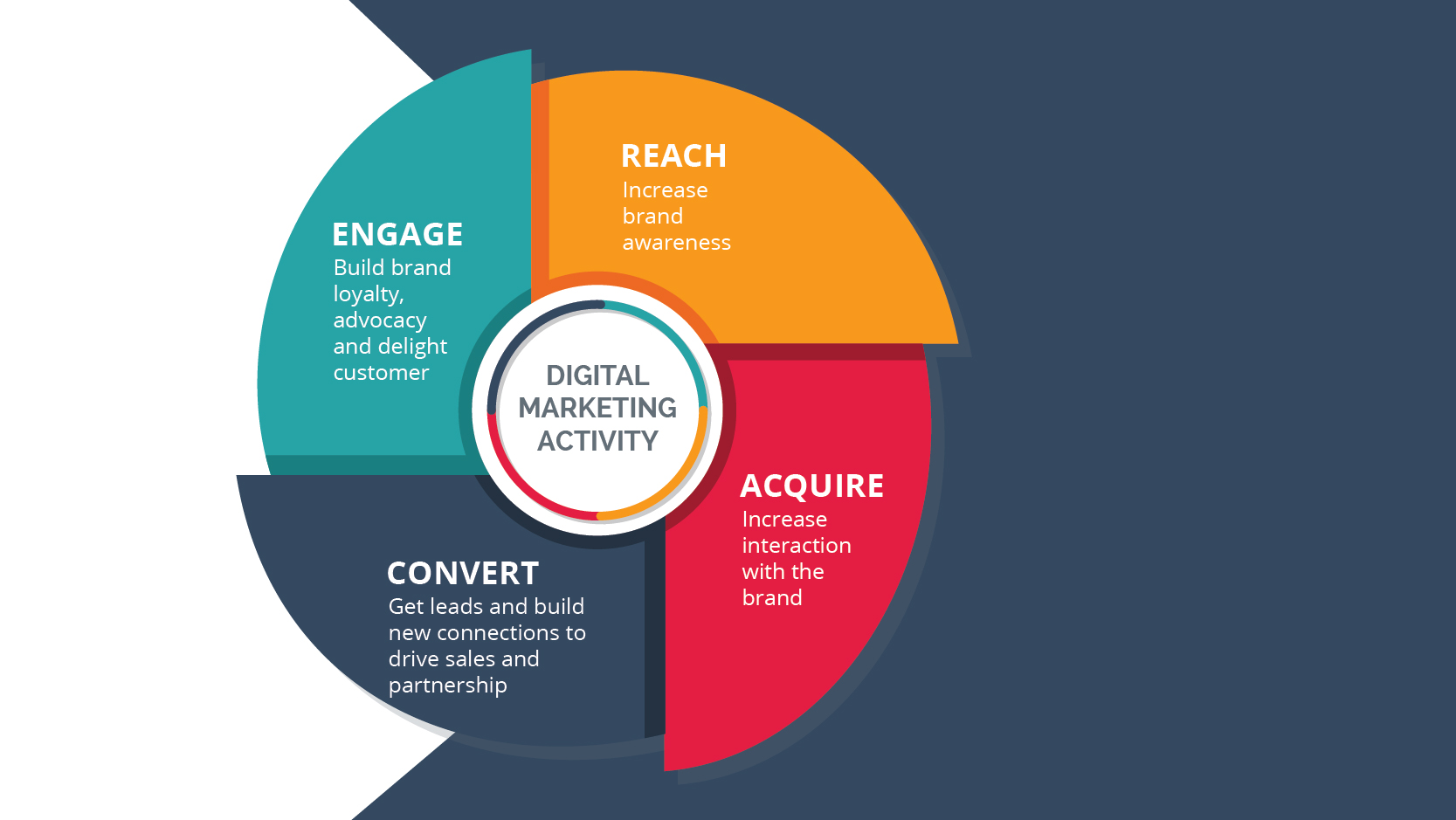
We gave you a quick insight into the role of content marketing in brand building and lead generation. Here we introduce you to a simple framework to chart out the marketing efforts, execute against the plan, and measure success of your digital content marketing activities.
Need for a digital marketing framework
Having a strategic plan for customer engagement works wonders in an age where digital disruption happens every few years. A sure shot way to lose the lead to a competitor is to work with an adhoc marketing plan. Since digital platforms have made marketing activities more quantifiable, key performance indicators help drive profitability. A well-thought-out plan serves like a rudder to steer the digital marketing efforts in an integrated manner as opposed to working in silos. It basically translates to better ROI for the resource, time, and money spent on digital marketing activities.
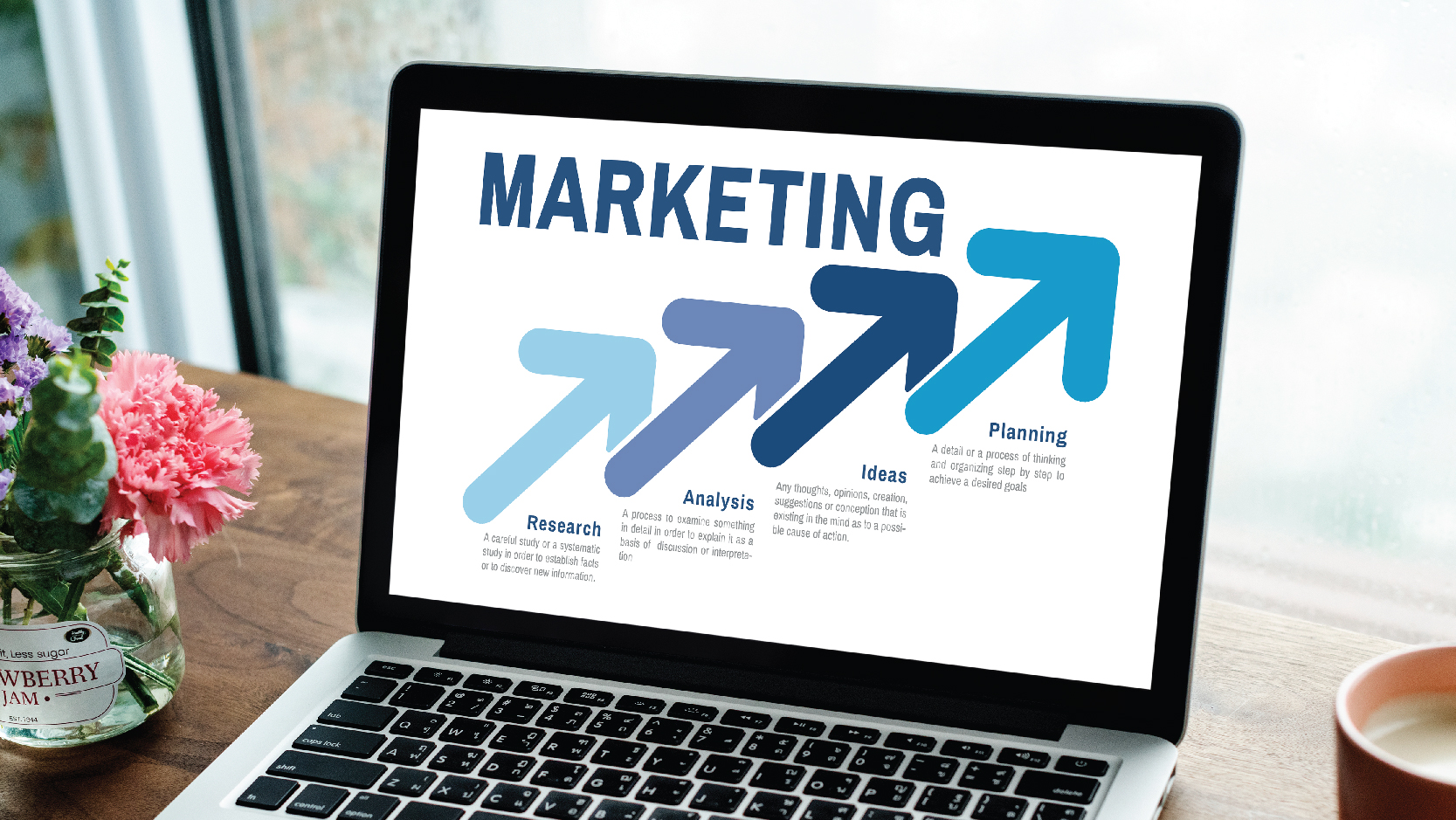
Get, set, go with a RACE strategy
All it takes is a simple four-step process to come up with a scheme using the RACE framework:
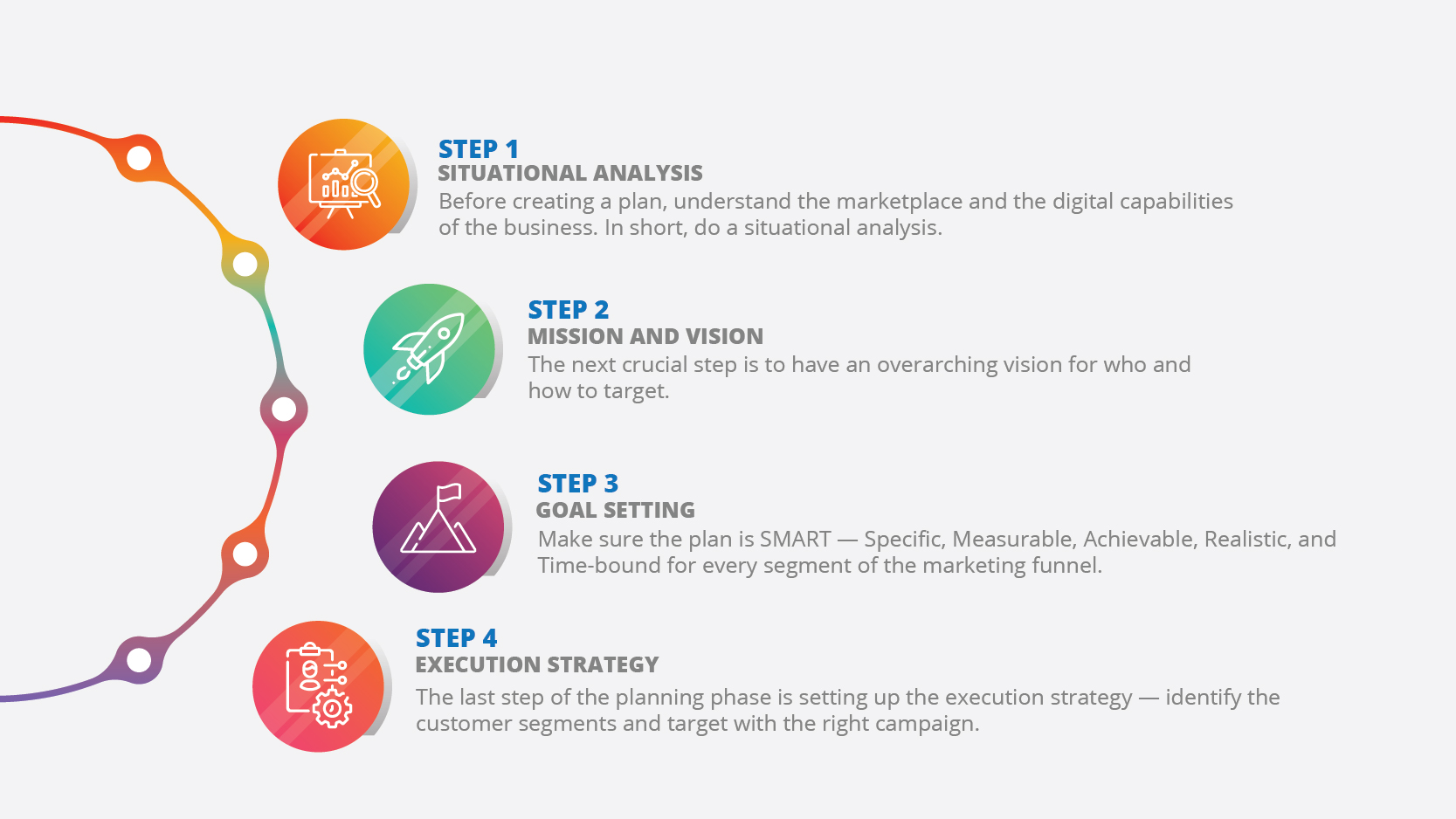
Remember to revisit and fine-tune on a continuous basis to make course corrections for your approach. After all, such marketing activity for your brand is a marathon, and not a sprint!
Metrics to measure effectiveness of the plan
If you don’t measure it, you can’t improve it. Which is why it’s critical to set the Key Process Indicators (KPIs) for each stage to measure the execution against the objectives. It is mandatory to involve all stakeholders when defining the metrics to ensure complete understanding and consistency across the organization. Some of the typical measures used are:
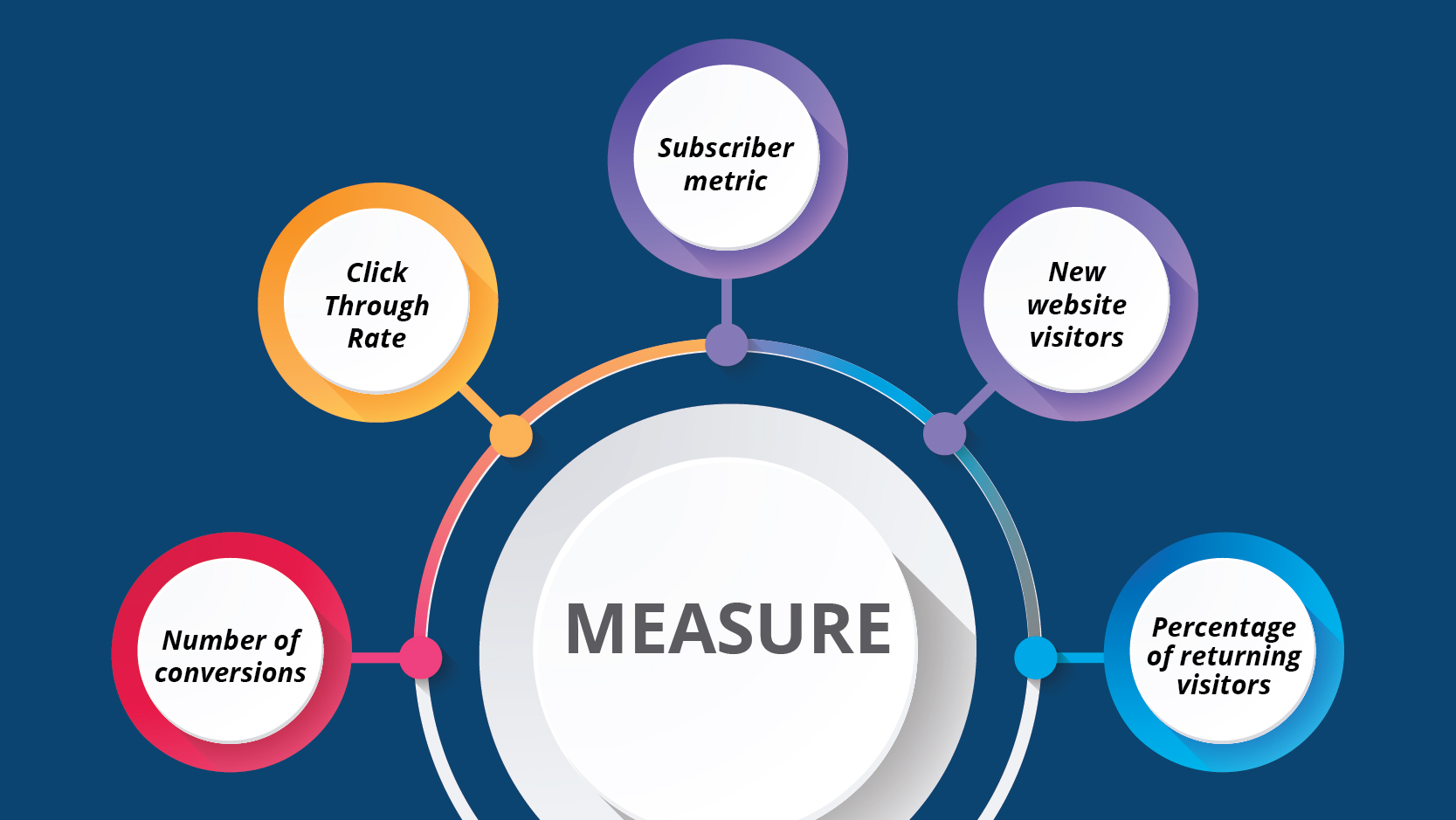
KPIs are useful only when they have a target beyond revenue or sales. These bring some method to the madness. The marketing activities should be able to measure the sum total of the experiences a customer goes through when interacting with your company and brand. In addition, it is critical to know how effective the digital marketing activities are in impacting the business’ bottom line.
In short, using a RACE framework for your marketing strategy ensures that you are not just ‘doing the good things’, but ‘doing it good’!




